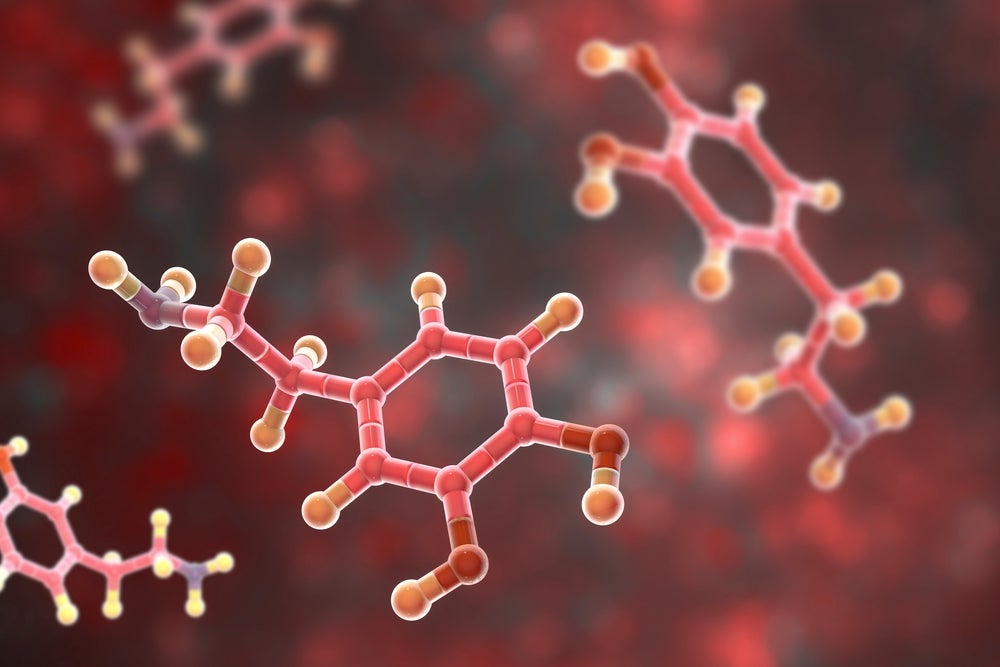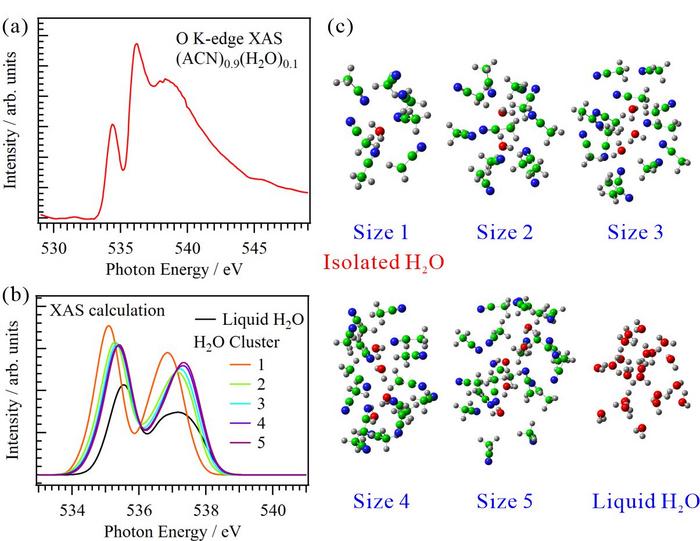Study Uncovers the Reasons Behind Young Plants’ Susceptibility to Disease
A recent breakthrough research from University of Maryland sheds light on a longstanding mystery regarding the susceptibility of juvenile organisms to diseases. Biologists have found that young plants, much like children and infant animals, tend to be more vulnerable to infections, raising questions about the evolutionary implications of this phenomenon. The study, published in the […]


A recent breakthrough research from University of Maryland sheds light on a longstanding mystery regarding the susceptibility of juvenile organisms to diseases. Biologists have found that young plants, much like children and infant animals, tend to be more vulnerable to infections, raising questions about the evolutionary implications of this phenomenon. The study, published in the journal Proceedings of the National Academy of Sciences on April 4, 2025, uncovered intricate relationships between growth, disease resistance, and reproductive success in the well-known wild plant, Silene latifolia, commonly referred to as white campion.
The research aimed to dissect the biological underpinnings that lead to heightened disease vulnerability among young organisms. While it is widely acknowledged that juvenile stages in various species are more prone to ailments, the reasons behind this universal pattern remain obscure. Emily Bruns, an assistant professor of biology at UMD and co-author of the study, noted that one possible explanation lies in the hidden costs associated with developing disease resistance during early life stages. In many instances, the trade-off between eliciting a defense response and sustaining growth seems to restrict young plants from evolving stronger immunity against pathogens.
Through experimental studies involving 45 genetic variations of Silene latifolia, researchers attempted to identify the connections between disease resistance and reproductive output. The fungal disease known as anther-smut was the focus, which infects the plant without leading to its death, instead rendering it sterile by preventing pollen production. This aspect diverges from a typical disease paradigm—they likened the relationship to a “plant STD,” emphasizing the profound effect such pathogens can have on reproductive success.
Findings revealed a startling contrast between the disease resistance observed in seedlings versus that in mature plants. Seedlings demonstrating stronger disease defenses yielded significantly fewer flowers and seeds over their lifetimes when not subjected to diseases, while adult plants shown to have higher resistance did not suffer from similar reproductive penalties. This discovery suggests that juvenile plants pay a substantial price when attempting to fend off pathogens during their formative years, one that detracts from their potential for future growth and flowering.
Research indicated that young plants expend an excess of energy on initiating defenses against anther-smut, which detracted from their overall capacity for development. Energy is a limited resource in these immature organisms; thus, the allocation of substantial reserve energy to fight diseases severely limits the energy available for growth. This newly identified cost structure is critical as it impairs juvenile plants’ potential for reproduction in their later years. Bruns indicates this balance between defense and growth is pivotal in understanding how young organisms evolve within their ecological niches.
Importantly, the long-term impacts of early disease resistance were not immediately apparent. Plants initially appeared healthy, but they demonstrated significantly decreased flower production in the following reproductive season, revealing the hidden long-term consequences of energy allocation. The delayed onset of these costs highlights a complex relationship that plants have with both their environment and the pathogens that they encounter.
Interestingly, the study also unearthed differences between male and female Silene latifolia in terms of their response to disease resistance; male plants incurred far heavier costs than females. This revelation hints at a broader ecological dynamic where the reproductive strategies of these plants play a fundamental role in their evolutionary pathways. Males typically produce a higher volume of flowers to maximize pollen dispersal, and the resources needed for disease resistance cut deep into this reproductive drive.
Bruns believes these findings extend beyond just plant biology and could have significant applications in fields such as agriculture and conservation. Understanding the mechanisms behind juvenile susceptibility could be a cornerstone in creating more effective disease management strategies, informing policies that govern both agricultural practices and natural ecosystem preservation. As young organisms across various species exhibit similar vulnerabilities, bridging this knowledge gap could lead to improved public health outcomes.
Next steps for Bruns and her team include trials to discover if delaying pathogen introduction to plants when they develop their first true leaves could mitigate disease resistance costs. They will also explore whether adult plants with enhanced resistance could provide a protective shield to nearby seedlings, thereby altering the local disease landscape and aiding juvenile survivability.
The findings of this research resonate deeply with ecological theory, suggesting a need for deeper investigations into the evolutionary pressures that have molded host-pathogen relationships over millions of years. The study delineates the costly trade-offs faced by young plants and their reproductive futures, painting a more nuanced picture that incorporates both biological defense mechanisms and ecological ramifications. In doing so, it calls for a reevaluation of how scientists perceive juvenile resistance and highlights the interconnectedness of growth, survival, and reproduction within the realms of plant biology.
Bruns ultimately posits that nature holds a myriad of infectious diseases, intricately woven into the evolutionary tapestry of life. Deciphering the check-and-balance dynamics between hosts and pathogens is essential for understanding the trajectories of evolution and the constant push for survival that defines organisms across multiple ecosystems.
Subject of Research:
Article Title: Disease resistance is more costly at younger ages: An explanation for the maintenance of juvenile susceptibility in a wild plant
News Publication Date: April 4, 2025
Web References: https://doi.org/10.1073/pnas.2419192122
References:
Image Credits: Emily Bruns
Keywords
Tags: agricultural disease resistance strategiesbiological underpinnings of immunityevolutionary implications of disease resistanceimplications for plant reproductive successjuvenile organism vulnerabilityjuvenile stages of organismsplant growth and disease relationshipProceedings of the National Academy of Sciences publicationSilene latifolia research studytrade-offs in plant defense mechanismsUniversity of Maryland plant biologyyoung plant disease susceptibility
What's Your Reaction?


































